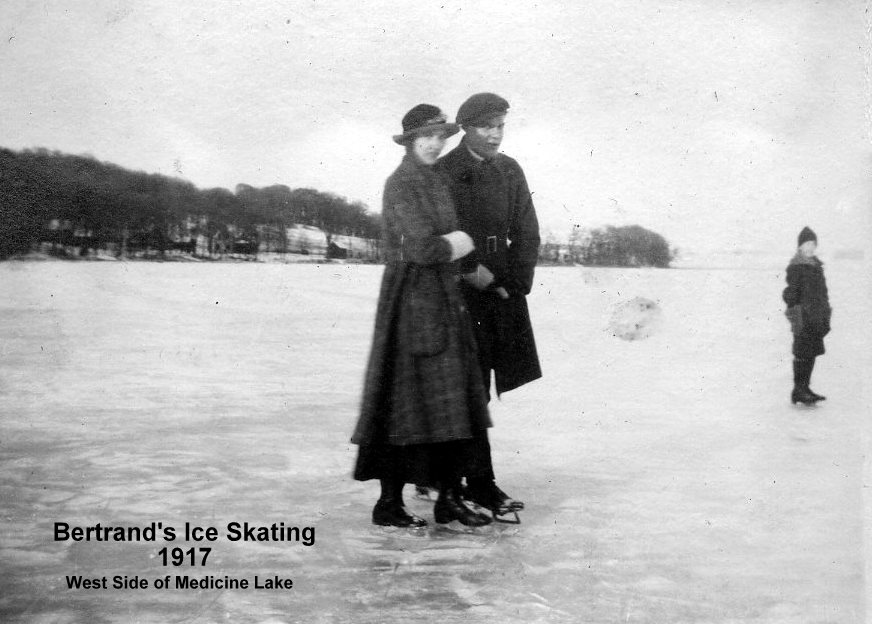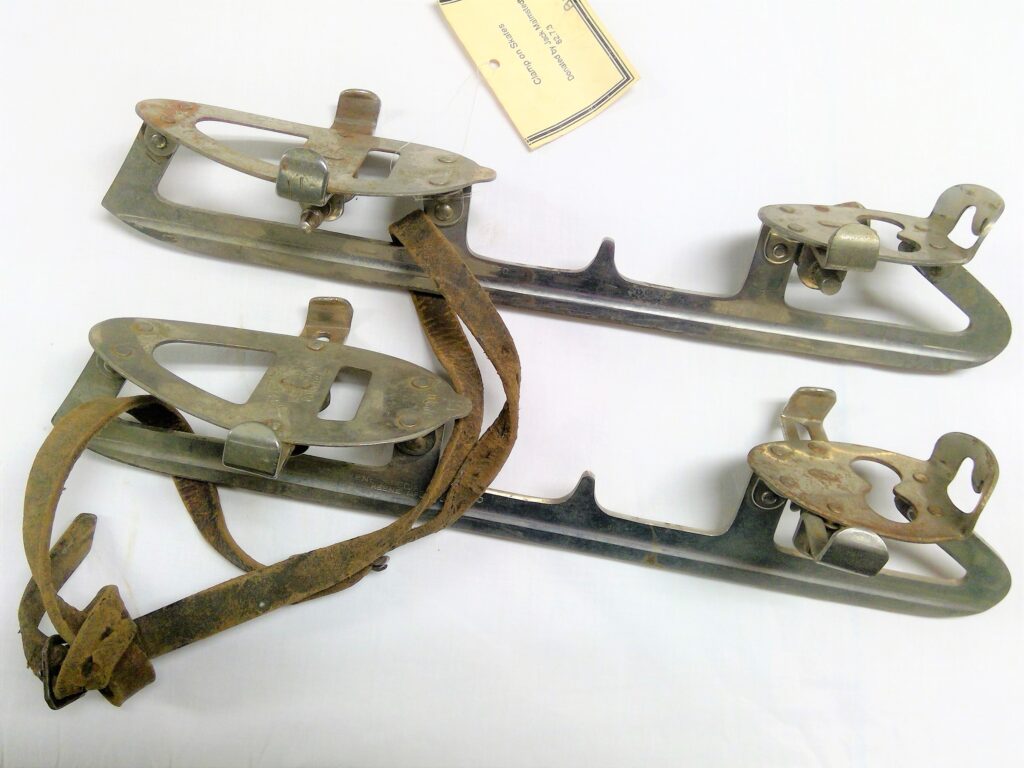Plymouth Residents Make the Best of the Extreme 1917 Winter
By Ella Vincent
Plymouth winters have long been cold, and our residents have always found ways to enjoy them! Let’s take a look back at our wintry past through historical items from the Plymouth Historical Society collection.
More than 100 years ago during the winter of 1916-1917, Plymouth residents were challenged by an historically extreme winter, with widespread snow and cold by mid-October. From December to February, there were 12 days with temperatures of 30 degrees below zero, and some areas in Minnesota had more than 65 inches of snowfall! February of 1917 was one of the worst winter months in state history, with average temperatures below zero and six blizzards wreaking havoc on the railroads, farmlands, and schools.

Despite the extreme conditions in 1917, these four friends are pictured celebrating the winter by tobogganing on Medicine Lake. The frigid cold had made the lake ice extremely thick that year and strong enough to support some frosty fun.
While these friends are enjoying an afternoon outside, historically the toboggan was used for purpose and also for competitive sport. American Indians originally used toboggans to support heavy loads across the snowy wilderness. Canadians from Montreal introduced tobogganing as a competitive sport during the 1880s. Later, tobogganing became increasingly popular for recreation in Minnesota until the early 1930s, when skiing became all the rage.

Another popular way to pass a snowy winter day in Plymouth was to ice skate. While the couple in the photograph are putting their 1917 spin on the sport, it is said that ice skating began in 1000 BC in Scandinavia and has been continuously practiced in the Netherlands since the Middle Ages. Skating became popular in England during the 17th century, and in the 1740s, the British army introduced ice skating to North America.

The first ice skates were made from wood and then elk, oxen, or reindeer bones. In 1850, E.W. Bushnell invented an all-steel skate. Until the mid-1900s, the metal skate was typically strapped to the foot via leather bindings. An example is shown here, in a picture of skates generously donated to the Plymouth Historical Society by Jack Malmstedt.